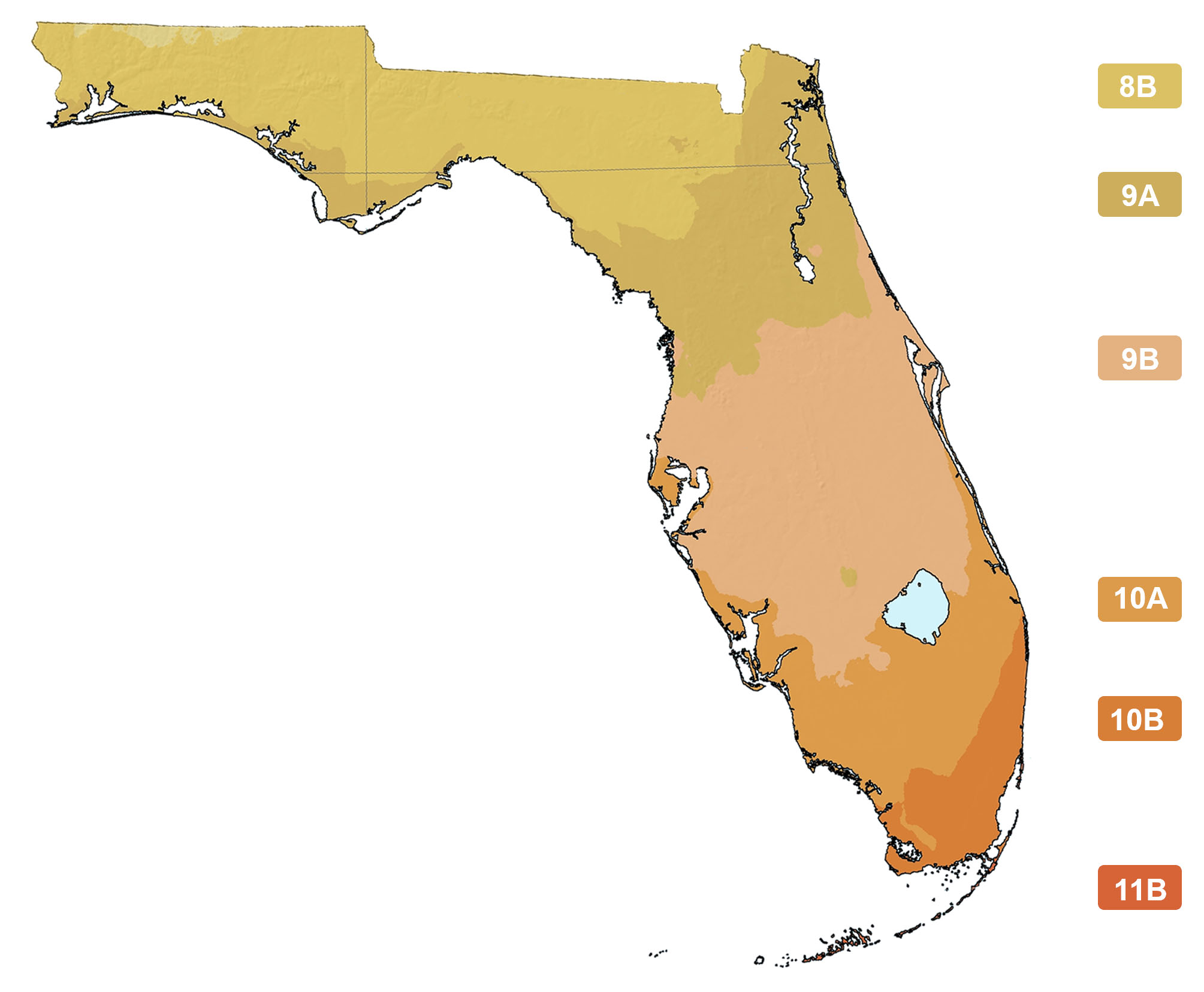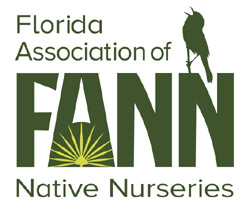Solidago stricta
Photographs belong to the photographers who allow use for FNPS purposes only. Please contact the photographer for all other uses.
Wand Goldenrod, Slender Goldenrod, Smooth Goldenrod
Asteraceae (Compositae)
Plant Specifics
| Form: | Flower | |
| Size: | 3-5 ft | |
| Life Span: | Long-lived perennial | |
| Flower Color: | Yellow | |
| Fruit Color: | White | |
| Phenology: | Winter dormant | |
| Noted for: | Showy flowers |
Landscaping
| Recommended Uses: | Wildflower garden. | ||||||||||||||||||||||||||||||||||||||||||
| Propagation: | Seed. Division (has minor spread by rhizomes). Seeds are available through the Florida Wildflowers Growers Cooperative. | ||||||||||||||||||||||||||||||||||||||||||
| Availability: | Native nurseries, FNPS plant sales, Seed, Specialty providers | ||||||||||||||||||||||||||||||||||||||||||
| Light: | Full Sun, Part Shade | ||||||||||||||||||||||||||||||||||||||||||
| Moisture Tolerance: |
always floodedextremely dry |
||||||||||||||||||||||||||||||||||||||||||
| (Usually moist, occasional inundation ----- to ----- Short very dry periods) | |||||||||||||||||||||||||||||||||||||||||||
| Moisture Tolerance: | Usually moist, occasional inundation ----- to ----- Short very dry periods | ||||||||||||||||||||||||||||||||||||||||||
| Salt Water Flooding Tolerance: | Tolerant of occasional/brief inundation such as can occur in storm surges. | ||||||||||||||||||||||||||||||||||||||||||
| Salt Spray/ Salty Soil Tolerance: | Some tolerance to salty wind but not direct salt spray. | ||||||||||||||||||||||||||||||||||||||||||
| Soil or other substrate: | Sand | ||||||||||||||||||||||||||||||||||||||||||
| Soil pH: | Adaptable | ||||||||||||||||||||||||||||||||||||||||||
Ecology
| Wildlife: |
| |
| Insects: |
| |
| Native Habitats: | Wet and coastal sites. Coastal scrub. Bogs, hydric and wet mesic flatwoods, ditches, coastal marshes. |
Distribution and Planting Zones
Natural Range in Florida
USDA Zones
Suitable to grow in:
8A 8B 9A 9B

USDA zones are based on minimum winter temperatures
Comments
| Ethnobotany: | Goldenrods are wrongly accused of causing hay fever. They merely bloom at the same time as the real culprits such as ragweed. |



